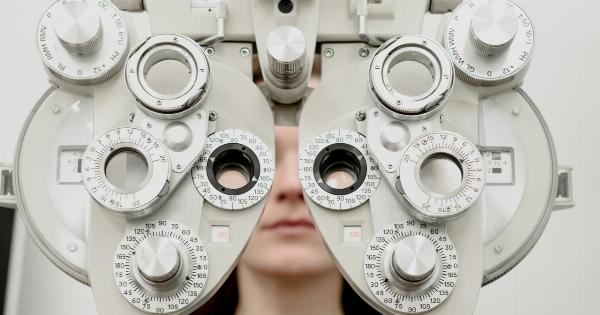Avant-garde artists are known for their unconventional and often controversial approach to creating art. But what sets them apart from other artists is their unique ability to stay relevant and popular for decades, even centuries, after their death.
This phenomenon can be attributed to several factors, including their trailblazing techniques, their defiance of established norms, and their ability to connect with audiences on a deeper level.
The Birth of Avant-Garde Art
The term “avant-garde” was first used in the late 19th century to describe a group of artists who were pushing the boundaries of traditional art forms.
These artists rejected the conventional techniques and styles that had been established by the art world, and instead focused on creating works that were new, innovative, and often subversive.
One of the most famous examples of avant-garde art is Pablo Picasso’s “Les Demoiselles d’Avignon,” which was painted in 1907.
The painting, which portrays five nude female figures in a fractured, Cubist style, was initially met with shock and outrage by the public and the art world. However, it eventually became recognized as a groundbreaking work that paved the way for modern art.
Revolutionary Techniques
One of the reasons why avant-garde artists are able to maintain their relevance over time is their pioneering techniques. By experimenting with new materials, forms, and styles, they created works that were unlike anything that had been seen before.
For example, Marcel Duchamp’s “Fountain” was a porcelain urinal that he signed with a pseudonym and submitted to a 1917 exhibition in New York.
The piece was rejected by the exhibition jury, but it became one of the most important works of avant-garde art, challenging the very definition of art itself.
Challenging Established Norms
Another reason for the longevity of avant-garde artists is their willingness to challenge established norms. By defying the conventional rules of art, they created works that were provocative, controversial, and engaging.
The works of Yoko Ono, for example, often challenged traditional ideas about gender roles, power dynamics, and social norms.
Her performance art pieces, such as “Cut Piece” (1964), in which the audience was invited to cut off pieces of her clothing while she sat motionless, were both unsettling and thought-provoking.
Connectivity with the Audience
Finally, avant-garde artists are able to stay relevant because of their ability to connect with audiences on a deeper level. By tapping into universal themes and emotions, they create works that resonate with people across cultures and time periods.
One of the best examples of this is Vincent van Gogh, whose works are celebrated for their emotional intensity and power.
Despite living and working more than a century ago, his paintings continue to captivate audiences around the world, inspiring countless artists and art lovers alike.
Conclusion
In conclusion, avant-garde artists have a unique ability to endure and remain relevant over time. Their innovative techniques, willingness to challenge norms, and ability to connect with audiences all contribute to their lasting appeal.
By continuing to push boundaries and create works that challenge our perceptions of art, they will undoubtedly continue to captivate audiences for generations to come.





























